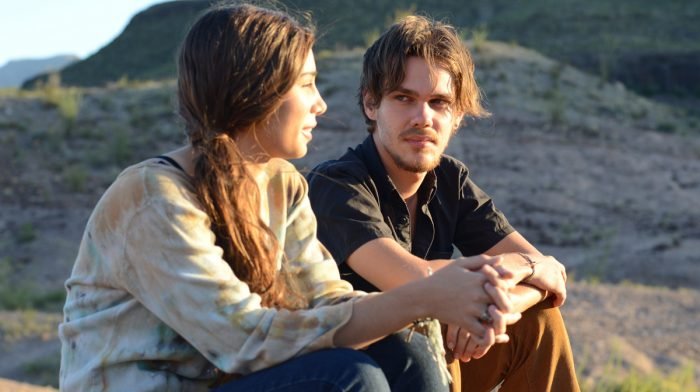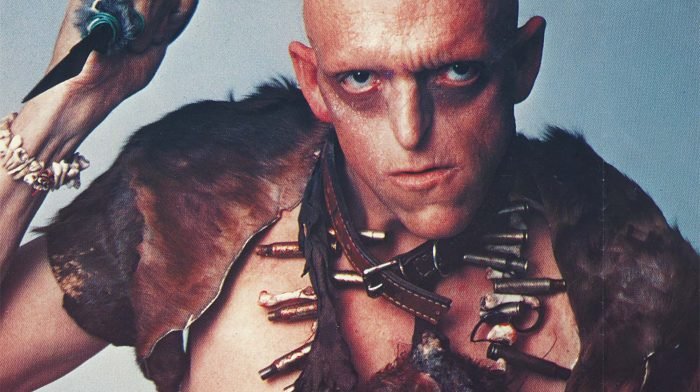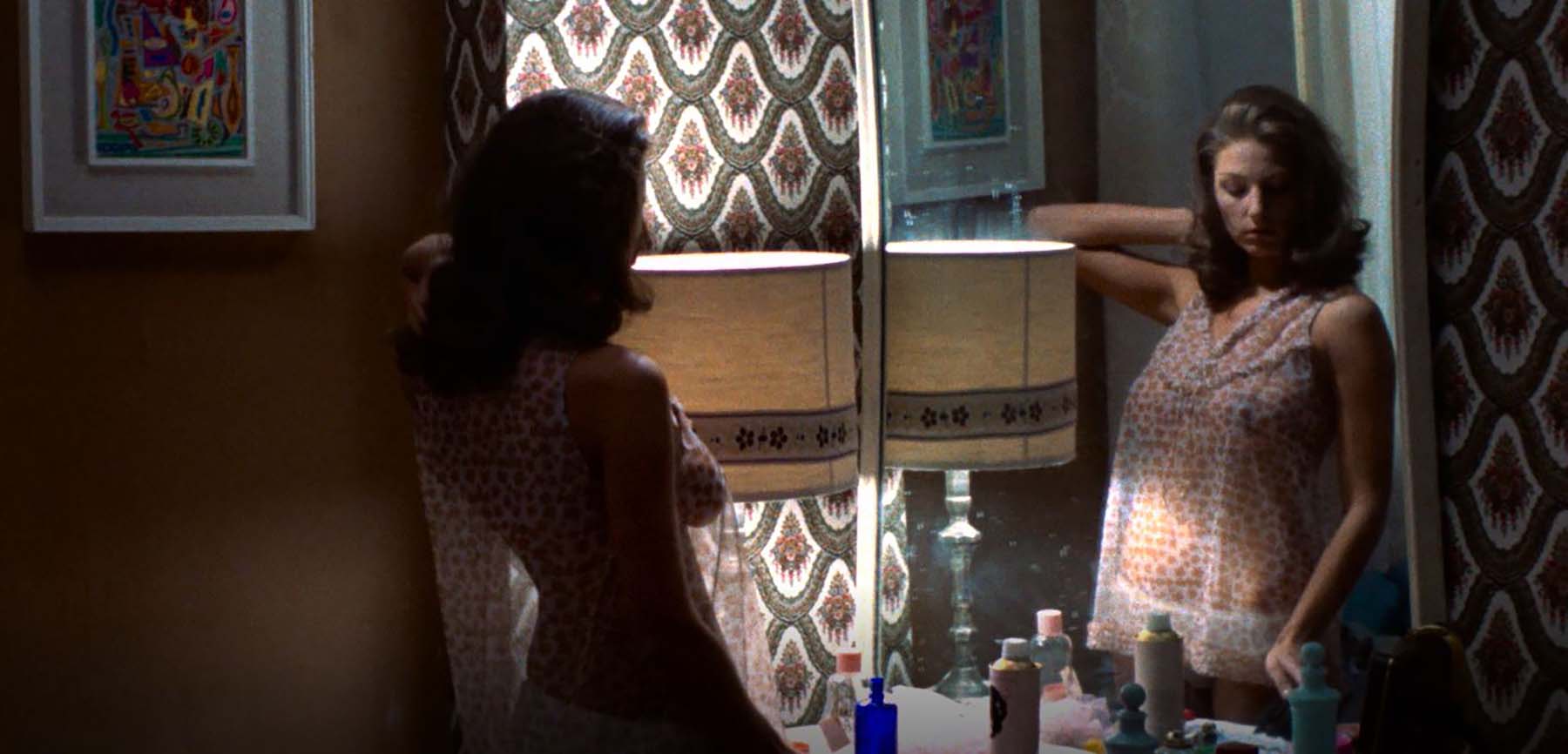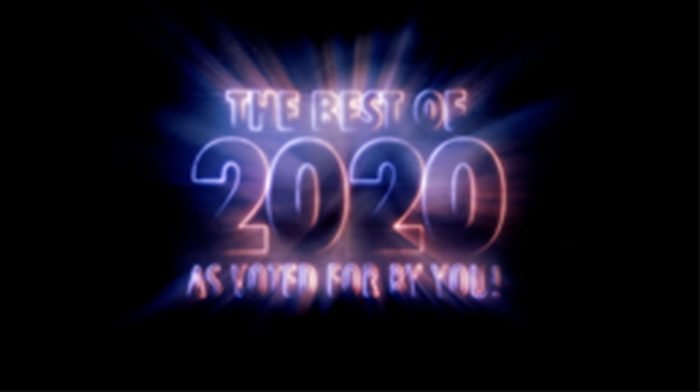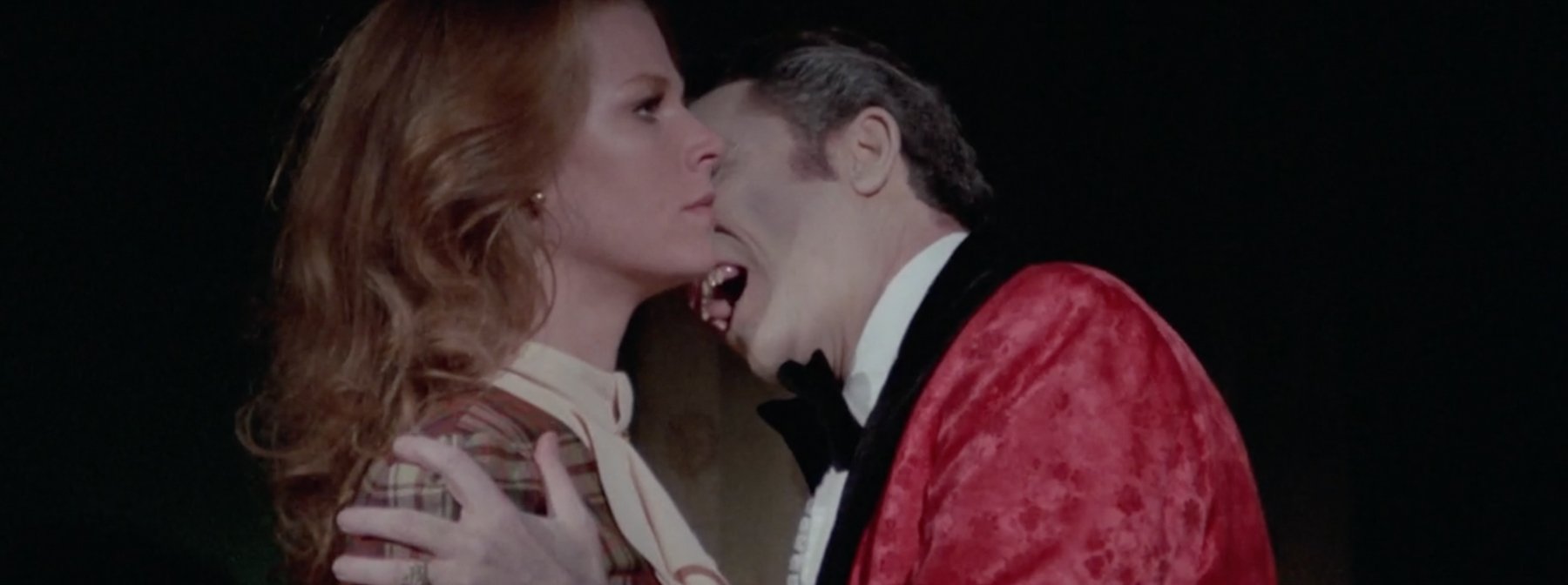It’s so often been said that it’s almost become something of a cliché, but if you ask anyone who knows their stuff about Japanese cinema you’ll be hard-fought to find one who would describe the ‘80s as the country’s filmmaking renaissance. In fact, despite this being the peak era of Japan’s economic and technological boom, the ‘80s have often been referred to as the country’s “Lost Decade of Cinema” — referencing a perceived lack of quality productions.
In some ways, it’s a fair judgement. The ‘50s was a golden age of family dramas, samurai epics, Godzilla, and noir crime capers. The ‘60s saw new kinds of creativity come into play with the Japanese New Wave. The ‘70s saw the major studios diversify their output as exploitation franchises and Kinji Fukasaku’s chaotic yakuza films became popular. And the ‘90s saw the emergence of filmmakers like Takashi Miike (Audition) and Kiyoshi Kurosawa (Cure) from a thriving straight-to-video industry, before J-Horror contributed to an international boom of interest. So what was the ‘80s all about?
Well, amidst the decline and collapse of major studios like Nikkatsu and Daiei, the door was opened for new kinds of filmmaking to emerge. Anime hits like Akira would cause a storm towards the end of the decade as Studio Ghibli also began its ascendancy, while Takeshi Kitano and Shinya Tsukamoto completed their first works in the crime and cyberpunk subgenres (though it wasn’t until the next decade that they really matured as filmmakers). More widely, though, the ‘80s was a transitional period defined by mainstream works led by Japanese idols, some great comedies, fiercely independent innovations, and even the odd international triumph.
Take a closer look and it becomes clear that “Lost Decade of Cinema” wasn’t without its highlights — you can find several in the list below.
The Crazy Family (Sogo Ishii, 1984)
One of the most influential directors in Japanese independent cinema is undoubtedly the great Sogo Ishii, whose pioneering early ‘80s proto-cyberpunk works Crazy Thunder Road (1980) and Burst City (1982) have only recently been restored and internationally distributed (via Third Window Films and Arrow Video, respectively). Fans of these two counter-culture classics should next seek out what is arguably Ishii’s best film of the decade — which, while frustratingly obscure today, was actually his first to receive US distribution (via a one-week run at an arthouse cinema in New York).
Opening with some dizzying aerial footage of heavy traffic on the outskirts of a Japanese metropolis, the film quickly dives in to the lives of what appears to be a regular family unit: a hard-working father, a doting wife, a hyperactive daughter with dreams of pop stardom, and a reclusive son studying for his university entrance exams. They’re moving to the suburbs to what should be their dream home — television set, cassette players and exercise machine included.
Before long, tensions come to a head as the members of the actually-quite-unhinged Kobayashi family deal with a demented grandfather, some terrible home extension plans, a pest problem and a healthy dose of paranoia. With neurotic handheld camerawork, primitive stop-motion effects and a darkly humorous deconstruction of the concept of nuclear family, the superb The Crazy Family ends up foreshadowing everything from Tsukamoto’s Tetsuo: Iron Man and Miike’s Visitor Q to The Simpsons.
The Island Closest to Heaven (Nobuhiko Obayashi, 1984)
At the end of the ‘70s, with the traditional Japanese studio system in decline, publishing house Kadokawa took its first steps into film production with a unique strategy: they would adapt Kadokawa-published books and target audiences by casting popular idols in leading roles. This would prove highly effective in the ‘80s as mainstream audiences flocked to see films like Sailor Suit and Machine Gun (a subversion of the yakuza genre starring Hiroko Yakushimaru), before one of the most visually distinctive films of this oeuvre arrived in 1984 via Nobuhiko Obayashi (House)’s fifth collaboration with the studio.
The Island Closest to Heaven is an utterly charming coming-of-age film about a young girl named Mari, who travels to the Pacific islands in search of a mythical place described by her recently-deceased father. The angelic-faced Tomuru Hayada — star of previous Obayashi-Kadokawa collaboration The Girl Who Leapt Through Time — is the lead here, while Asakawa Tomoyuki’s swooning orchestral score evokes Hollywood classics like The Sound of Music or even Mary Poppins. But it’s the sumptuous cinematography that really steals the show — so much that watching The Island Closest to Heaven almost feels like a holiday in itself.
The film is full of glorious wide shots, as gleaming Cessna planes fly above cyan beach shores and cerulean reefs next to lush green valleys. On the ground, Mari finds exotic birds, swimming pools and coconut trucks everywhere she goes. A genuine feast for the eyes, these images were exemplary of Japanese interests of the time — with countless pop records of the era adorned with the same kind of imagery (Yellow Magic Orchestra member Yukihiro Takahashi notably cameos as Mari’s father in the film’s opening).
According to film critic Samm Deighan, whose commentary is available on Third Window Films’ new four-film box set Nobuhiko Obayashi’s 80’s Kadokawa Years, the success of the film inspired a wave of Japanese tourism to the island of New Caledonia. It’s easy to see why.
The Funeral (Juzo Itami, 1984)
In an idyllic countryside village full of green foliage and rustic dwellings, a stubborn old man returns from a routine hospital check-up. As delicious grilled fish and avocados are prepared in the kitchen, a score of haunting strings (the work of Jôji Yuasa, known for his work on 1969 classic Funeral Parade of Roses) creeps into the audio field. This gentle introduction is then brought to a swift end as the Amamiya family patriarch dies unexpectedly. This is a film about the preparations for his funeral.
The legendary Juzo Itami is on fine form in his sumptuous feature directorial debut, deftly transitioning from heart-warming to hilarious as the various factions of the Amamiya family cope with the absurdities of funeral organisation against a backdrop of rich scenery and warm colours. Delicate shot composition and consistent charm elevate the production from start to finish. And in its best moments, The Funeral is also laugh-out-loud funny — such as in scenes where mourners study a bizarre instructional video on how to offer condolences; or when a photographer encourages them to “try to look bereaved” as they pose beside the coffin.
Today, of course, The Funeral is overshadowed by Itami’s 1985 follow-up — his international breakthrough, the cult classic “ramen western” Tampopo. But with five Japanese Academy Awards including Best Director and Best Film won for his debut, The Funeral deserves much recognition in itself.
To Sleep So As To Dream (Kaizo Hayashi, 1986)
Director Kaizo Hayashi was just 27 years old when he directed this brilliant debut feature — which played at Venice and received widespread critical acclaim, but has otherwise been largely forgotten in the West until Arrow’s 2022 re-release.
The concept is bulletproof: a private eye and his hapless sidekick are hired to track down a missing woman via a series of obscure clues. But this isn’t just a fun twist on classic noir, it’s a wonderful and unique love letter to silent cinema built on black-and-white images, an enchanting, dreamy score and a near total lack of spoken dialogue (communication between characters is depicted through inter-titles).
The intelligent sound design, fun physical acting and impressionistic lighting further ensure that every shot is full of character, while the larger-than-life art direction (the work of Seijun Suzuki collaborator Takeo Kimura) combines strange contraptions, amusement park sideshows and an abundance of hard-boiled (get it?) eggs. These surreal charms and striking aesthetics bare notable parallels with the works of Jean Pierre-Jeunet and Marc Caro — most notably the post-apocalyptic black comedy Delicatessen, released five years later.
Zegen (Shohei Imamura, 1987)
Japanese cinema in the ‘80s wasn’t without international success, despite its reputation during this period. While great filmmakers like Akira Kurosawa and Nagisa Ōshima were forced to partner with international collaborators in order to finance their works or evade censorship, the results were hugely successful in maintaining Japan’s reputation for excellence. Ran (1985) was nominated for four Oscars, and won one; Merry Christmas Mr. Lawrence starred David Bowie, and competed for the Palme d’Or at Cannes.
Arguably the most successful of the Japanese greats during this period, though, was New Wave filmmaker Shôhei Imamura. He received three Palme d’Or nominations throughout the decade, winning one for his beautiful and devastating remake of Keisuke Kinoshita’s The Ballad of Narayama (1983), as well as a Jury Prize, and a Technical Grand Prize for the harrowing Hiroshima drama Black Rain (1989). The middle entry of this reputable trilogy of works, though, is largely overlooked. Nonetheless, Zegen is arguably the most outwardly entertaining of Imamura’s ‘80s works, offering resplendent cinematography built on eye-popping colours, as well as fine set design and costumes in its depiction of early 1900s East Asia.
It’s the story of an emigrating Japanese sailor who unexpectedly finds himself establishing leading a prostitution empire after landing in Hong Kong, and it stars the great Ken Ogata as leading man — just two years after he’d delivered an incredible turn as the controversial, radicalised author Yujio Mishima in Paul Schrader’s 1985 biopic, Mishima. Contemporary viewers will find some parallels with the Apple TV+ drama Pachinko, which deals with similar themes and subject matter during the time of the Japanese occupation of Korea in the pre-war period.

